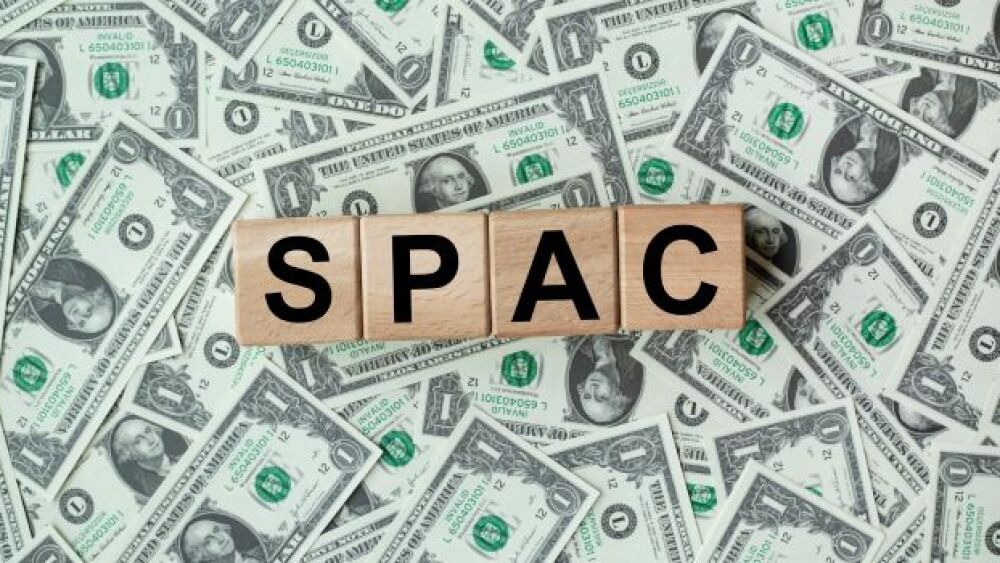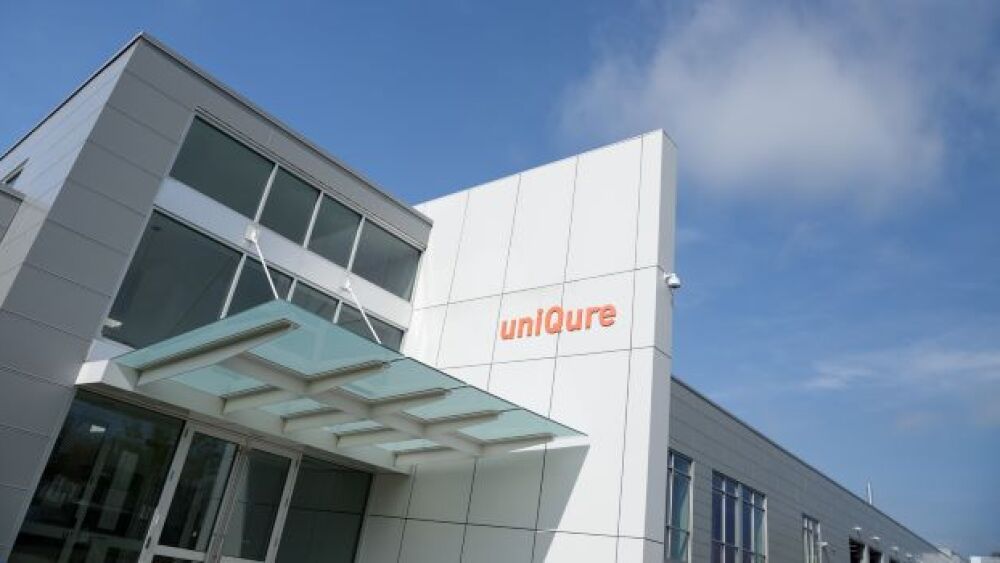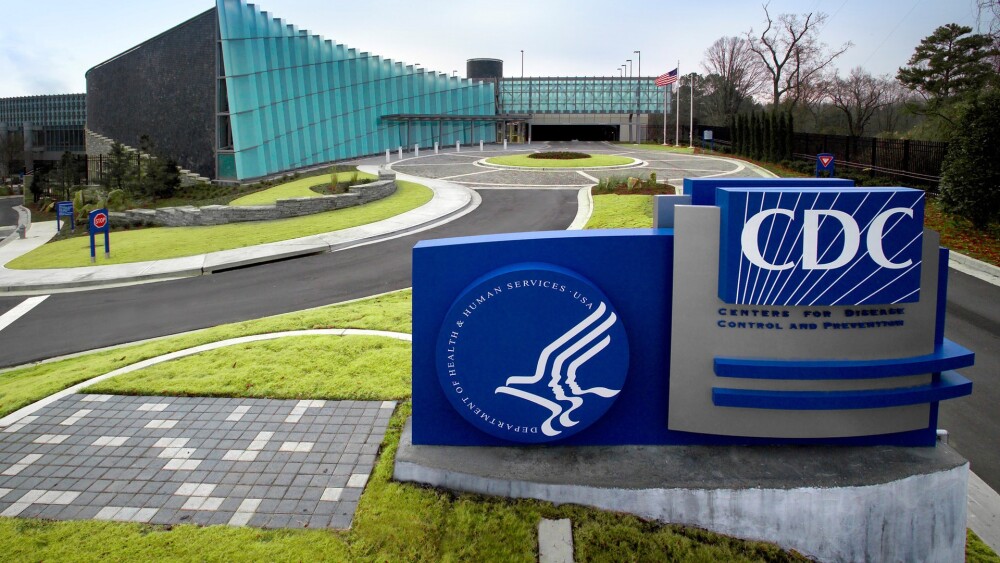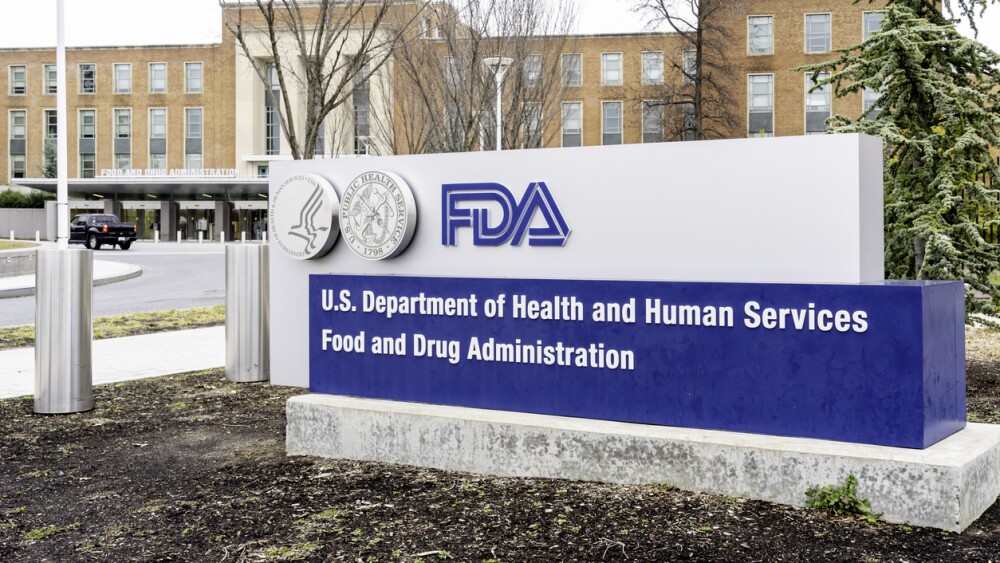Wanting to find out what is fueling the trend, BioSpace solicited the perspectives of a couple of executives who chose the SPAC route.
In 2019, the SPAC market caught fire, and not even a global pandemic could put it out. In fact, it only seemed to ignite it further. Last year, per the NYSE, 50 special purpose acquisition companies went public with health care at their center. While the trend has slowed somewhat in 2021, it has remained a popular way for fast-moving companies to reach the market.
Some of the year’s more notable mergers with Special Purpose Acquisition Companies so far include popular consumer DNA-testing company 23andMe, which billionaire Sir Richard Branson’s SPAC, Virgin Group, took public in February in a deal that raised the company’s value to $3.5 billion. In April, precision medicine company Tango Therapeutics came together with BCTG Acquisition Corp. in an agreement that saw leading healthcare investors pledging up to $186 million. In August, EQRx, whose mission is to make drugs affordable for people who need them, hit the Nasdaq in a SPAC merger with CM Life Sciences III, Inc. that provided the company with $1.8 billion in immediate cash.
Wanting to find out what is fueling the trend, BioSpace solicited the perspectives of a couple of executives who chose the SPAC route, including Sujal Patel, whose protein-mapping startup, Nautilus Biotechnology, joined the party in February. Nautilus merged with SPAC Arya Sciences Acquisition III in a deal that valued the company at $900 million and brought in just under $350 million in cash. Perceptive Advisors sponsored the transaction.
The interest in Nautilus’s single-molecule platform, which has the potential to unlock more than 95% of the proteome, was extensive.
“We had a lot of private investors calling us constantly, trying to put money into the company, and we hadn’t even started spending the series B that we raised, so I told them all to go away, and they wouldn’t go away,” Patel remembered.
So Perceptive suggested another option, and instead of going through more rounds of private financing, Patel and Nautilus seized on the opportunity to bring in a larger infusion of cash more quickly.
“Being able to bring in that disruptive amount of capital, getting into the public markets where the visibility is helpful from a partnering perspective, customer perspective and a hiring perspective, it made a lot of sense for us,” he said.
Patel added that Nautilus was able to bring in a cadre of top-quality healthcare investors, which included RA Capital Management and Ally Bridge Group, and that the company had “better control over the quality of the shareholder base in the SPAC process than a traditional IPO.”
That’s not to say it was easier.
“I would say it’s marginally more complicated,” Patel said. “It’s certainly faster to do the SPAC, but we compressed a lot of work in a short time period, and it was quite complex.” Having gone through a traditional IPO with a previous company, Patel has a reasonable frame of reference.
The speed enabled by the SPAC merger was also an essential consideration for Ginkgo Bioworks, which went public in May via a merger with Soaring Eagle Acquisition Corp.
“It was, I’d say, a shorter period of distraction for our team,” said Anna Marie Wagner, Ginkgo’s senior vice president of corporate development. “The marketing process of the SPAC is pulled up into the underwriting process, and that’s the part of an IPO that’s really distracting for your entire management team. Given how quickly we were growing, we cared a lot about making sure our team was focused on running the business and not focused on fundraising.”
Wagner added that the SPAC process gave Ginkgo more flexibility in the transaction.
“It’s important to recognize that a SPAC is effectively a private market transaction in the process of taking a company public, so a lot of the features of the transaction are negotiable in a way that an IPO is not really negotiable,” she said.
It also gave the company more control over the process.
“Our ability to control better who was given allocation in the PIPE process was important, so we were able to pick really high-quality long-term investors,” Wagner said.
Having additional time to spend with these investors upfront enabled Ginkgo to design and optimize the going public process around its unique needs and story. Known as the organism company, Ginkgo is building a horizontal platform for cell programming and engineering. Cofounder Tom Knight, a former professor of electrical engineering at MIT, made it his mission to learn how to program biology, and Ginkgo was born.
The company’s platform comprises foundries or highly automated wet labs that design, build and test organisms at a massive scale and a resulting Codebase, a biological portfolio that holds organisms reusable across many different industries. This reusability is the core of Ginkgo’s business model. The company earns money from the research and development services it provides and from equity milestone payments and royalties from the products its customers enable.
One can see how this might take some time to explain.
“We are hard to value from the biotech community; we are hard to value from the tech community, and we are hard to value from the life sciences community because we have a very different business model. We don’t fit cleanly in any given category, and I think SPACs are actually a useful way to have the time to explain to people how it works and really let them do their diligence,” Wagner explained.
Despite all the benefits, Wagner agreed with Patel that the process is no easier than an IPO. If anything, she said that it is more complicated due to additional legal and financial processes.
According to Wagner, special acquisition purpose companies have the ability to solve something that is broken.
“I think SPACs, generally, are trying to fix some of the frustrating elements and inefficiencies of the IPO process,” she said. “IPOs are chronically underpriced [to the tune of 40%], and the company has much less control in the IPO process of choosing who gets allocated capital.”
These are all strong motivators from the private company’s perspective, but what do VC firms get out of the deal? Patel said it comes down to investors wanting to capture a larger share of the return.
“One of the macro trends I’ve observed over the last decade, maybe even decade and a half, is that at each stage of a private company’s life from founding to [going] public, the investors that want to invest in a company are going earlier and earlier,” he said. “Some of them are reaching all the way back to the seed round, even though they’re public equity investors. In doing that, I feel like the SPAC became an interesting financial alternative for those public investors to go and get larger chunks of these companies.”
As to whether the trend will remain hot, Wagner views it more as a process, saying, “I suspect they’ll sort of meet in the middle somewhere where both the IPO process and the SPAC process will evolve to finding some happier medium of how companies can access the public markets in a more efficient way.”








